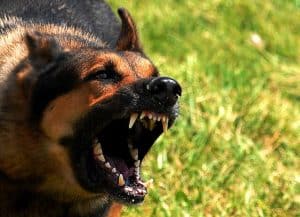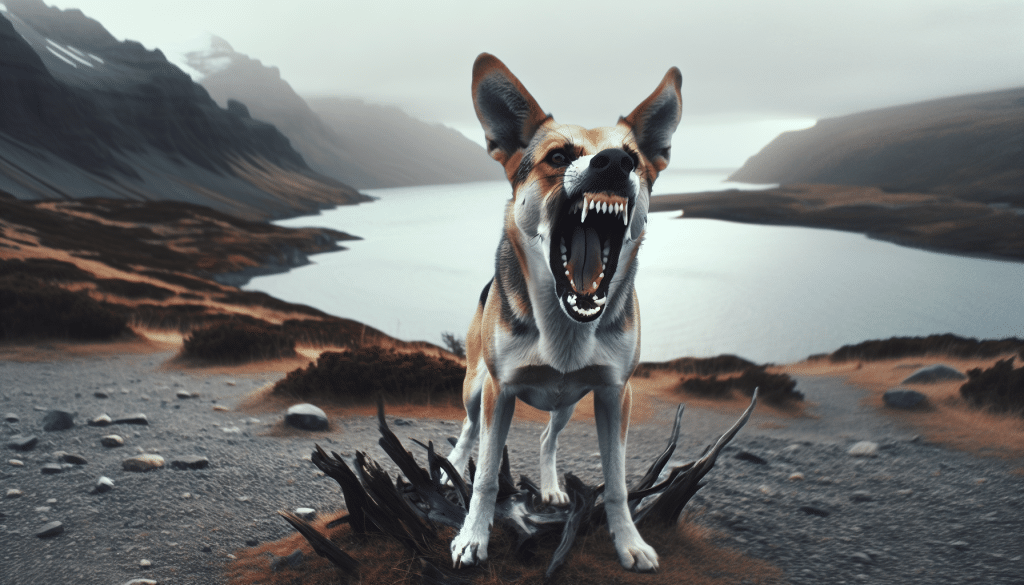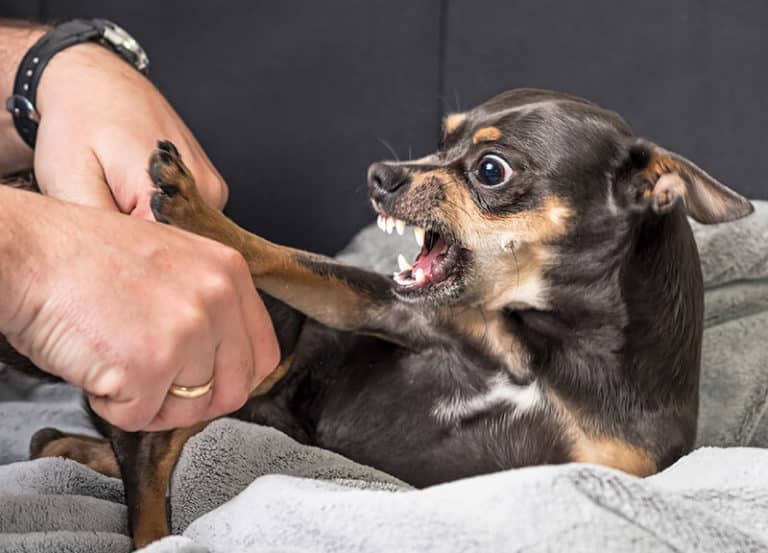In “Understanding Canine Aggression: A Comprehensive Guide,” you will embark on a journey to unravel the complexities behind canine aggression. This captivating guide dives into the science behind aggressive behavior in dogs, exploring its causes and providing valuable insights into prevention. Whether you’re a dog owner, trainer, or simply curious about canine behavior, this comprehensive guide will equip you with the knowledge and understanding necessary to navigate and address potential aggression in a friendly and compassionate manner. Get ready to deepen your understanding of our four-legged friends and foster more harmonious and peaceful relationships with them.
Understanding Canine Aggression: A Comprehensive Guide
As a dog owner, it is important to have a thorough understanding of canine aggression in order to provide a safe and harmonious environment for both your furry friend and those around them. Canine aggression refers to any behavior displayed by a dog that is intended to cause harm or aggression towards another individual, whether it be another dog, a human, or even another animal. In this comprehensive guide, we will delve into the various aspects of canine aggression, including its causes, prevention strategies, and different types of aggression exhibited by dogs.
Understanding Canine Aggression
Canine aggression is a complex behavioral issue that can occur for a variety of reasons. It is essential to recognize that aggression is not an inherent trait in dogs, but rather a result of various factors such as genetics, environment, upbringing, and socialization. Aggressive behavior in dogs can be categorized into different types, each with its own underlying causes and implications.
Causes of Canine Aggression
Understanding the root causes of canine aggression is crucial in order to effectively address and manage the behavior. Aggression in dogs can stem from a variety of factors, including fear, possessiveness, territoriality, lack of socialization, past traumatic experiences, medical conditions, and even genetic predisposition. By identifying the underlying cause, dog owners can better tailor their approach to addressing the aggression and providing the necessary support for their furry friend.

This image is property of images.unsplash.com.
Preventing Canine Aggression
While it is essential to understand the causes of canine aggression, prevention is always the best approach. By implementing a proactive and responsible approach to dog ownership, individuals can significantly reduce the likelihood of their dog exhibiting aggressive behavior. Providing proper socialization, training, a balanced diet, regular exercise, and a safe environment are all crucial components in preventing canine aggression. Early intervention and professional guidance can also play a significant role in preventing aggression from escalating.
Types of Canine Aggression
There are several different types of canine aggression, each with its own distinct characteristics and triggers. Understanding these different types of aggression can help dog owners and professionals develop appropriate strategies to address and manage the behavior. The most common types of aggression in dogs include aggression in puppies, aggression in adult dogs, aggression towards humans, aggression towards other dogs, territorial aggression, protective aggression, fear aggression, possessive aggression, and redirected aggression.

This image is property of images.unsplash.com.
Aggression in Puppies
Aggression in puppies can manifest differently than in adult dogs. Puppies may display aggression as a result of fear, frustration, or lack of proper socialization. It is crucial for owners to address aggressive behaviors in puppies early on to prevent them from persisting into adulthood. Providing a structured and positive training environment, early socialization, and consistent guidance are essential in correcting aggression in puppies.
Aggression in Adult Dogs
Aggression in adult dogs can be more challenging to address, as it may have been ingrained over time. Adult dogs may exhibit aggression due to fear, dominance, resource guarding, frustration, or learned behavior. It is important to seek professional help when dealing with aggression in adult dogs, as a tailored approach is necessary to modify their behavior effectively.

dog biting
This image is property of images.unsplash.com.
Aggression Towards Humans
Aggression towards humans can pose significant risks and should be taken seriously. Dogs may display aggression towards humans due to fear, protective instincts, territoriality, past traumatic experiences, or inadequate socialization. It is crucial to address this aggression promptly to ensure the safety of both the dog and the humans around them. Seeking professional help, implementing behavior modification plans, and providing proper training and socialization are key steps in addressing aggression towards humans.
Aggression Towards Other Dogs
Aggression towards other dogs can occur due to various reasons, such as fear, dominance, resource guarding, lack of socialization, or improper introductions. This type of aggression can be challenging to manage, as it can lead to dangerous confrontations. Dog owners should prioritize positive socialization experiences, proper introductions, and supervised interactions with other dogs to reduce the likelihood of aggression.

Territorial Aggression
Territorial aggression in dogs is displayed when a dog exhibits aggressive behavior towards individuals or animals entering their perceived territory. This behavior is rooted in their instincts to protect their home or perceived resources. Proper training, socialization, and gradual exposure to new individuals or animals can help manage and prevent territorial aggression.
Protective Aggression
Protective aggression is similar to territorial aggression, but it extends beyond the immediate property. Dogs displaying protective aggression may exhibit aggression towards their owners when they perceive a threat or feel the need to protect their family. Proper training and socialization, coupled with clear boundaries and consistent leadership, can help address and manage protective aggression effectively.

Fear Aggression
Fear aggression in dogs stems from their fear of certain situations, stimuli, or individuals. Dogs displaying fear aggression may lash out when they feel threatened or cornered. Addressing fear aggression requires a combination of positive reinforcement training, desensitization, and counterconditioning to help the dog overcome their fears and build confidence.
Possessive Aggression
Possessive aggression occurs when a dog becomes aggressive over resources they consider their own, such as food, toys, or sleeping areas. This behavior can be managed through resource management techniques, proper training, and teaching the dog appropriate boundaries and sharing behaviors.
Redirected Aggression
Redirected aggression is when a dog, unable to respond to the source of their frustration, redirects their aggression towards another individual or animal. It often occurs when a dog is prevented from reaching their intended target. Avoiding situations that may trigger redirected aggression and providing outlets for the dog’s frustration can help mitigate this behavior.
Stay tuned for the next part of this comprehensive guide, where we will delve further into canine aggression and breed predisposition.

